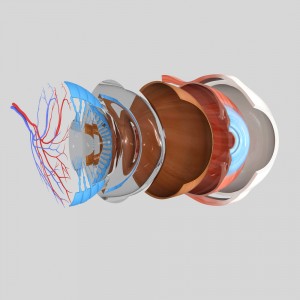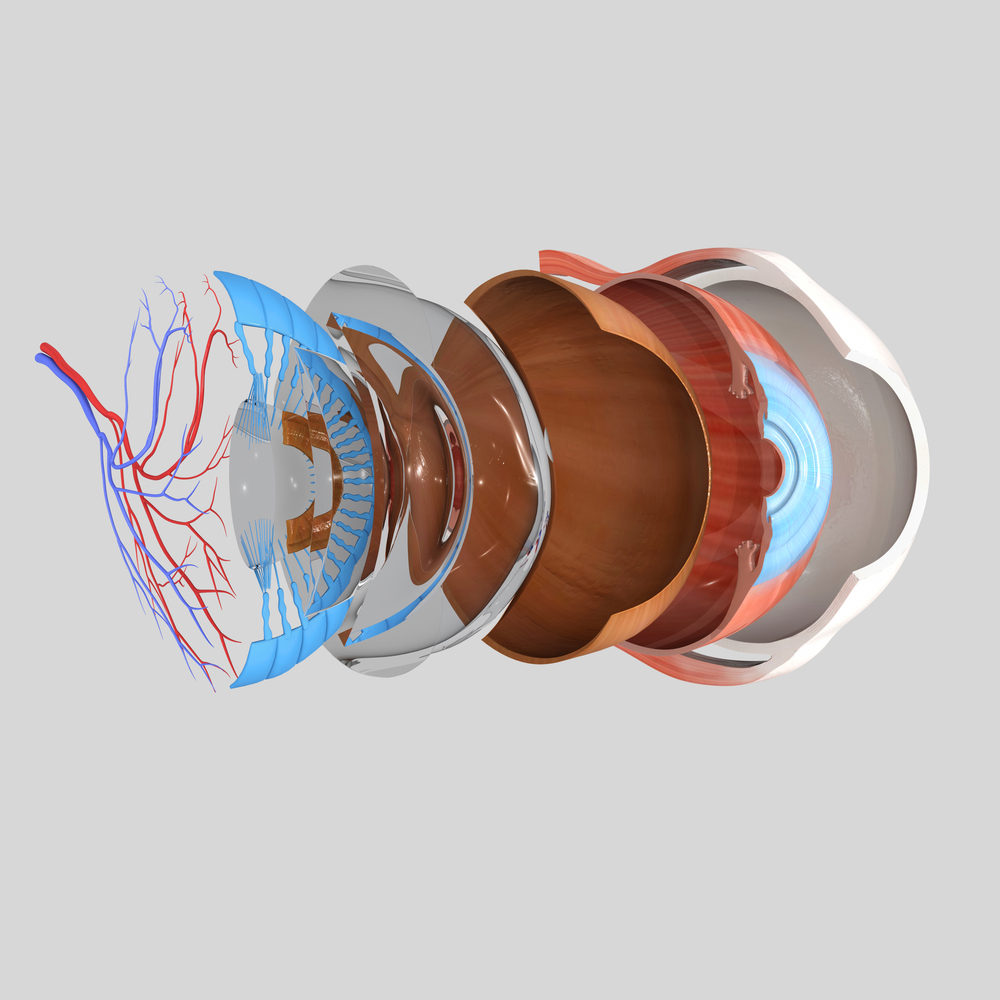 In a recent study entitled “Changes of Vision-Related Quality of Life in Retinal Detachment Patients after Cataract Surgery,” authors report that despite the risk of developing rhegmatenous retinal detachment, patients submitted to cataract surgery (specifically phacoemulsification combined with intraocular lens implantation) exhibit improved quality of life. The study was published in the journal Plos One.
In a recent study entitled “Changes of Vision-Related Quality of Life in Retinal Detachment Patients after Cataract Surgery,” authors report that despite the risk of developing rhegmatenous retinal detachment, patients submitted to cataract surgery (specifically phacoemulsification combined with intraocular lens implantation) exhibit improved quality of life. The study was published in the journal Plos One.
Cataracts are characterized by a clouding of the eye’s crystalline lens, and it is most frequently treated by phacoemulsification combined with intraocular lens implantation (“phaco-IOL”) surgery — wherein an ultrasonic device breaks up and then removes the cloudy lens prior to the insertion of a new intraocular lens. This procedure allows for a more rapid recovery accompanied by lower risk for injury. However, complications after this type of surgery can still occur and one of the most serious is Rhegmatenous retinal detachment (RRD). Retinal re-attachment is followed to correct the RRD after phaco-IOL; however, it still remains largely unknown how vision-related quality of life (VRQoL) is affected after the corrective surgery in these patients, particularly when compared to VRQoL before phaco-IOL.
To address this issue, in this study authors determined changes of VRQoL in patients with RRD as a consequence of phaco-IOL procedure. The team assessed patients’ status with a Chinese-version of the low vision quality of life questionnaire (CLVQOL), in which patients answered the questionnaire at different stages: one day prior to cataract surgery followed by two weeks after surgery; as well as, one day prior and three months later RRD surgery. In total, 10,127 cataract patients submitted to phaco-IOL procedure were followed (the maximum duration of the follow-up study was one year). From the pool of cataract patients, 17 developed RRD.
The authors report that while cataract surgery significantly improved patients’ VRQoL, upon RRD development, the CLVQOL inquires revealed a marked decrease in VRQoL. However, no significant changes were observed in the stereoscopic vision (the ability to see objects with height, width, and depth) as well as “seeing moving objects.” Therefore, the authors note that despite the decrease in the VRQOL scores, patients’ quality of life is greatly improved when compared to the levels before phaco-IOL, and so patients should not limit their chance to improve their vision, despite some risk to decrease VRQoL in case of RRD.


